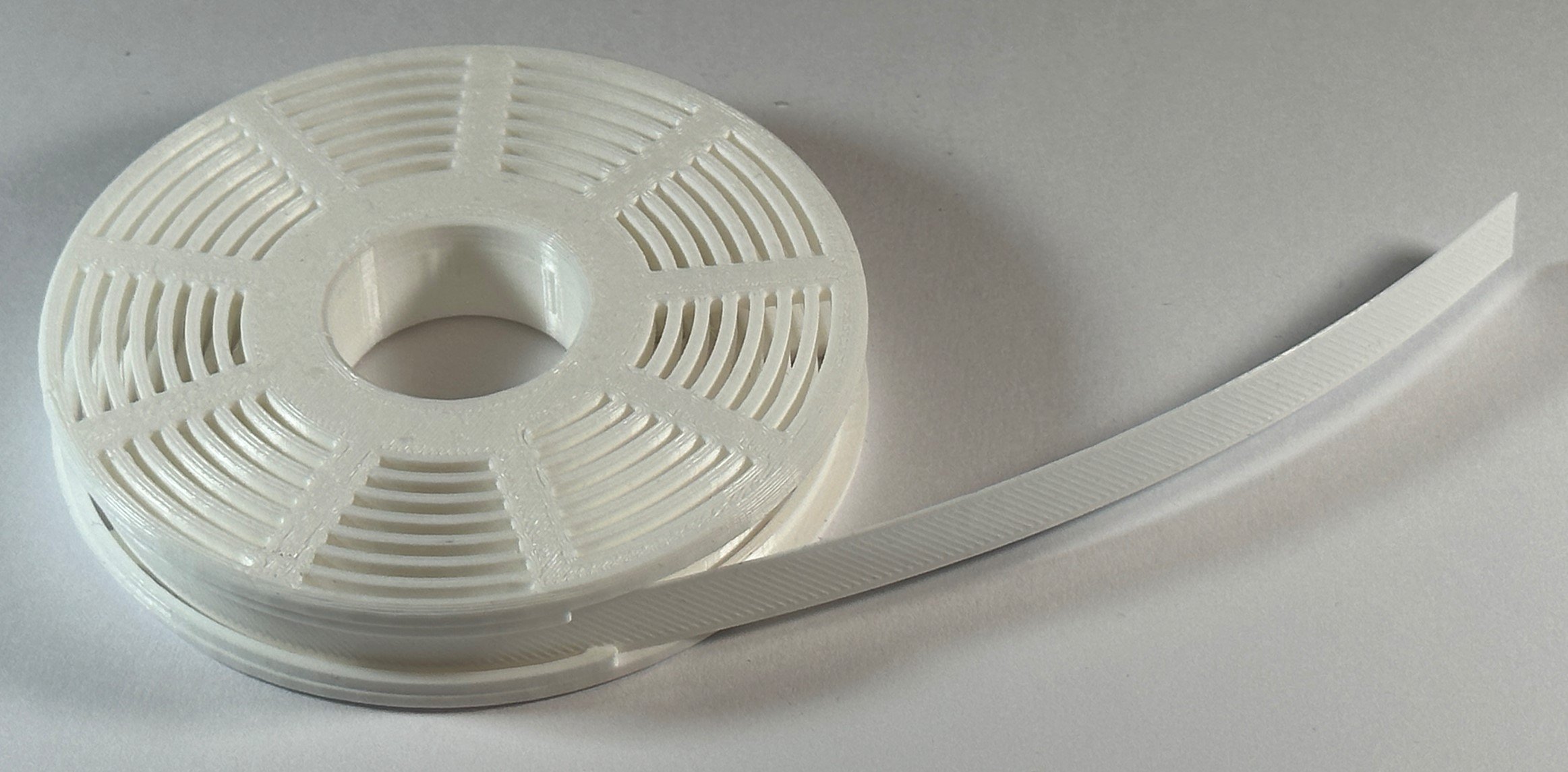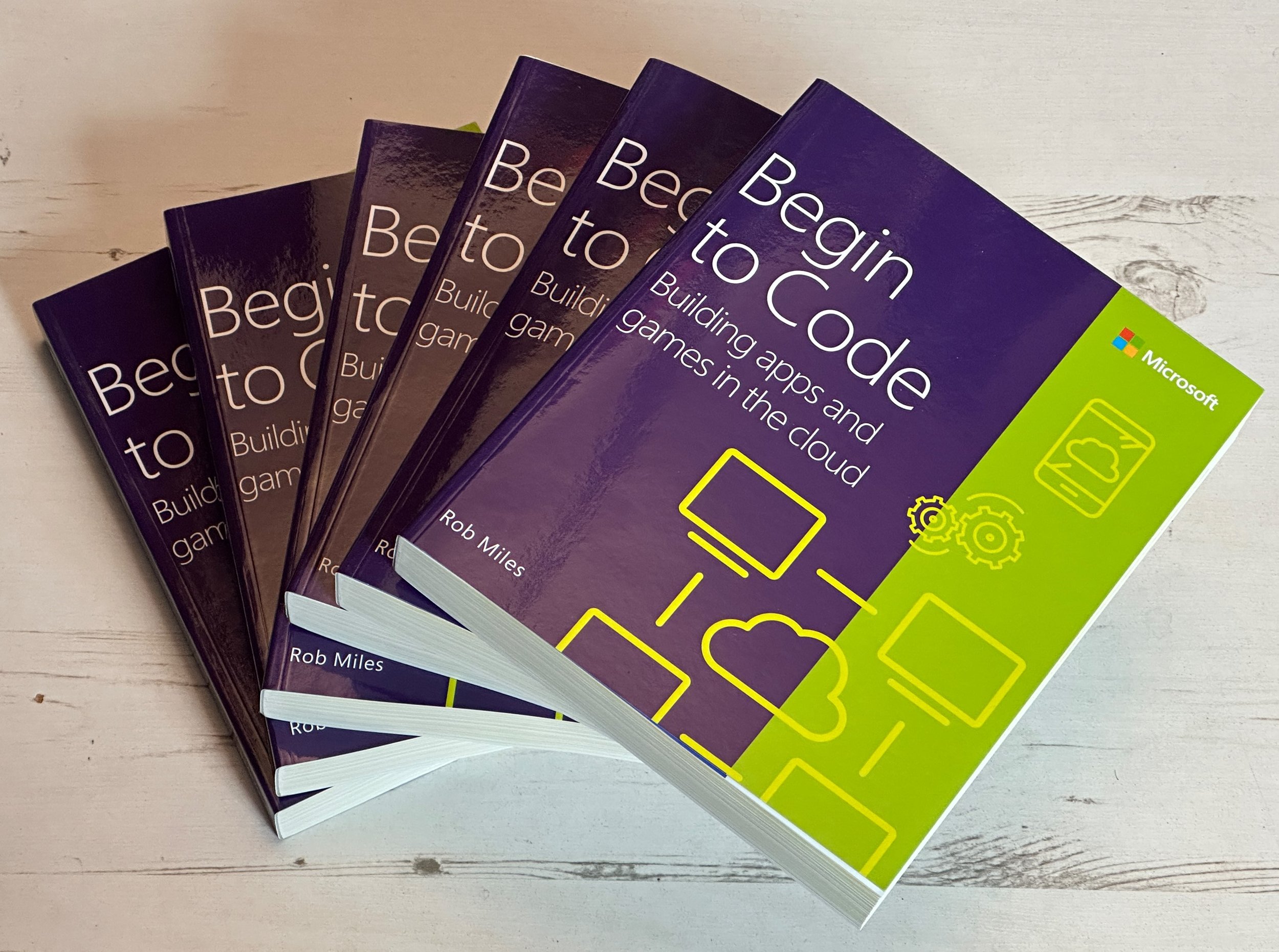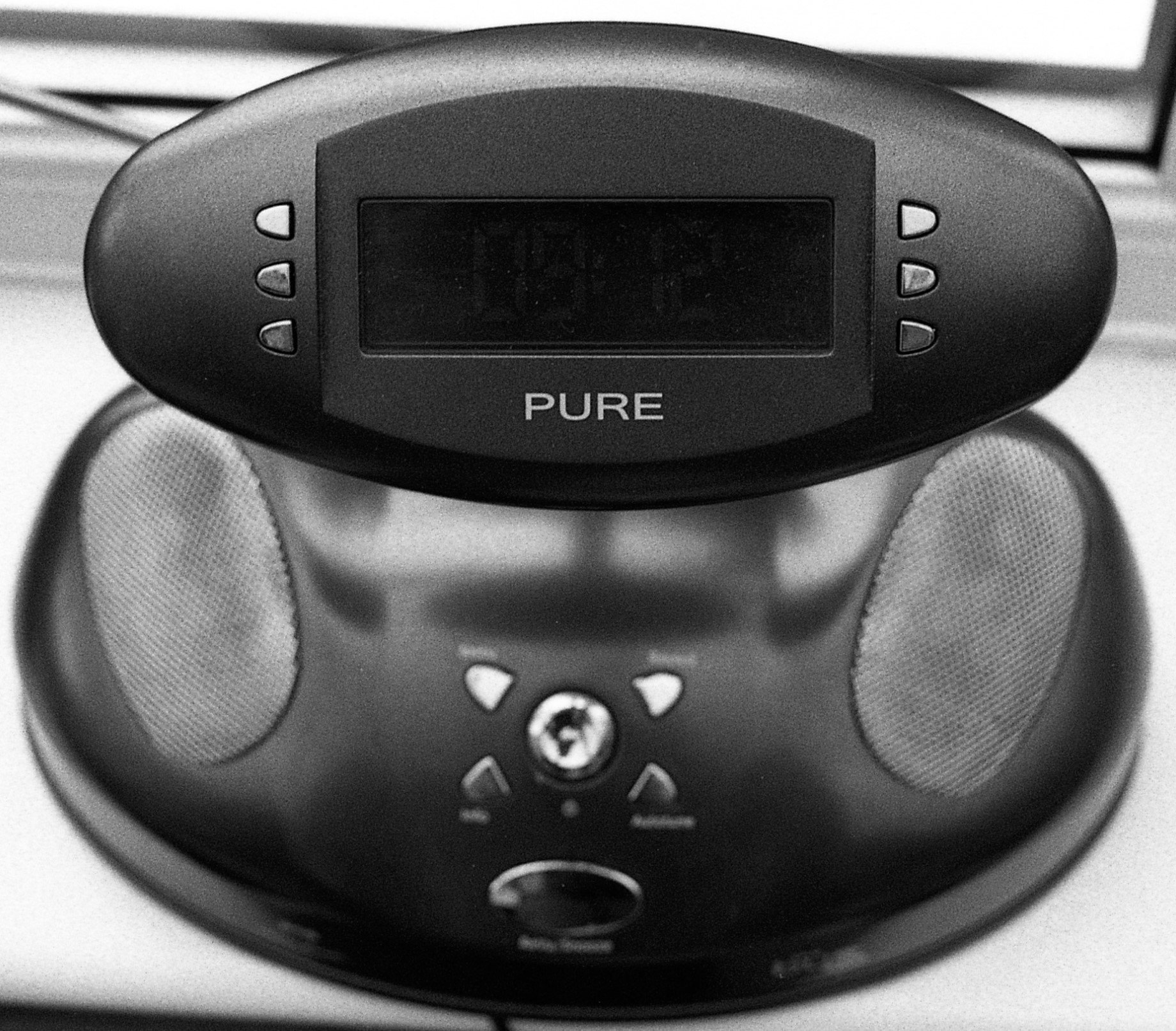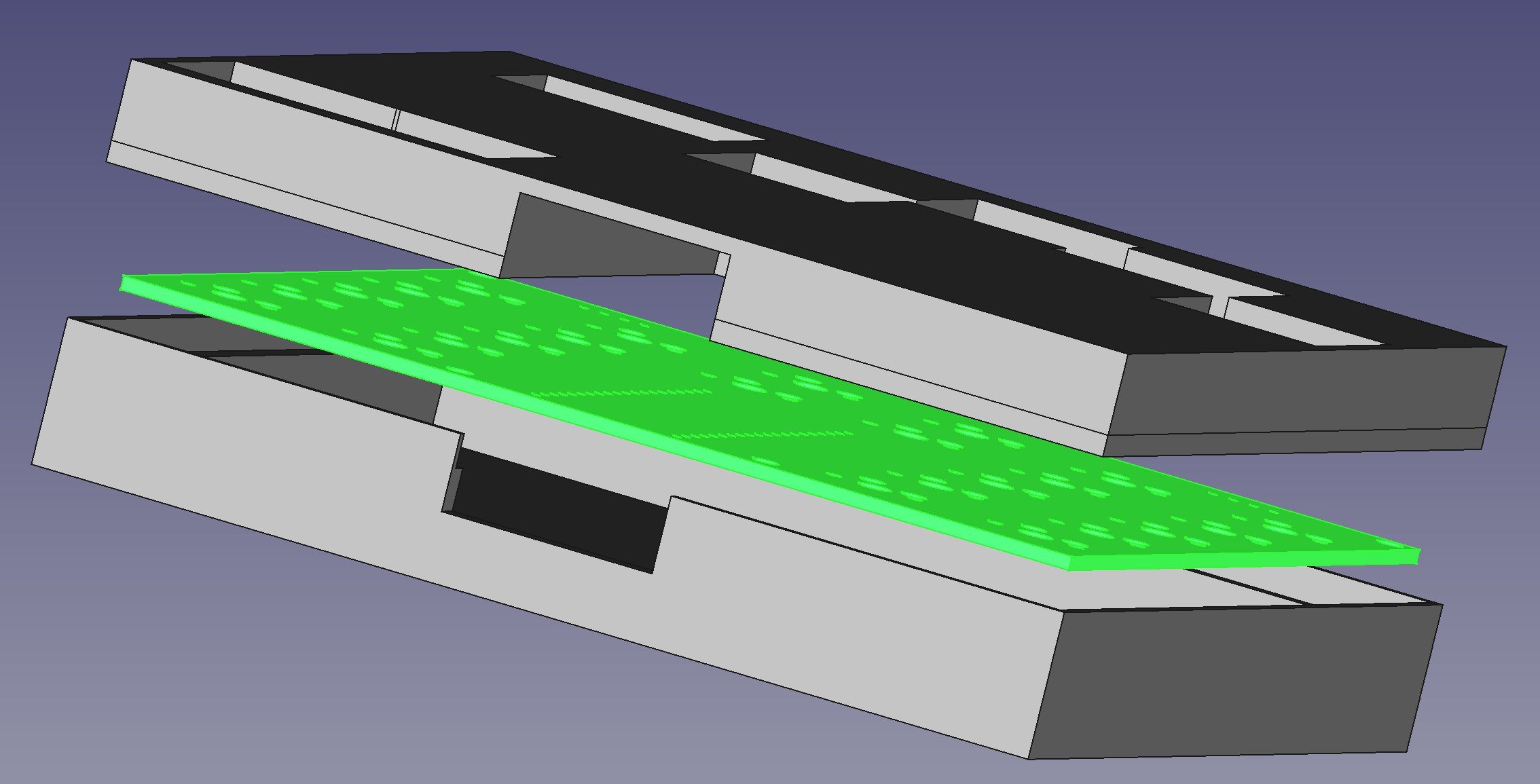Fun with a Flash Gun
/Nothing like having an Auto Thyristor in your flash gun
We were out and about at Cottingham Day this weekend. I took loads of pictures using my Minox B on very old film. That didn’t end well. Which is why I have no pictures of the event at all.
While we were out I picked up this flash gun on a second hand stall. I fancied having another flash gun, particularly for two quid. Of course it doesn’t work. To be honest, I wasn’t expecting it to. These things don’t age particularly well and Cobra is not a name known for quality and longevity. In fact I until I found the flash gun I didn’t think it had anything to do with photography at all.
I’m not bothered though. I plan to take out the internals and replace them with a PICO-W to create a remote controlled light. I can use the battery compartment, reflector and even the flash zoom lens and my plan is to keep it looking as much like the original as possible.
The big grey thing is the capacitor. Need to be careful with that bit as it might have residual charge in it.
I’ve got the flashgun to pieces. Turned out to be quite easy. The main part is held together with little metal clips. The circuit boards are almost exactly the same size as PICO, which has got to mean something. Next step is to work out how to fit some lights inside.

























